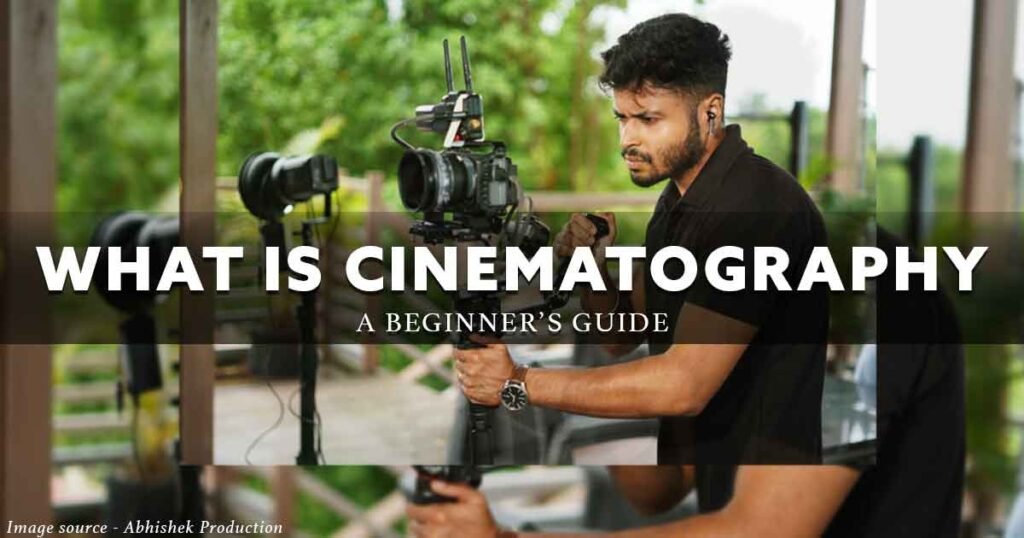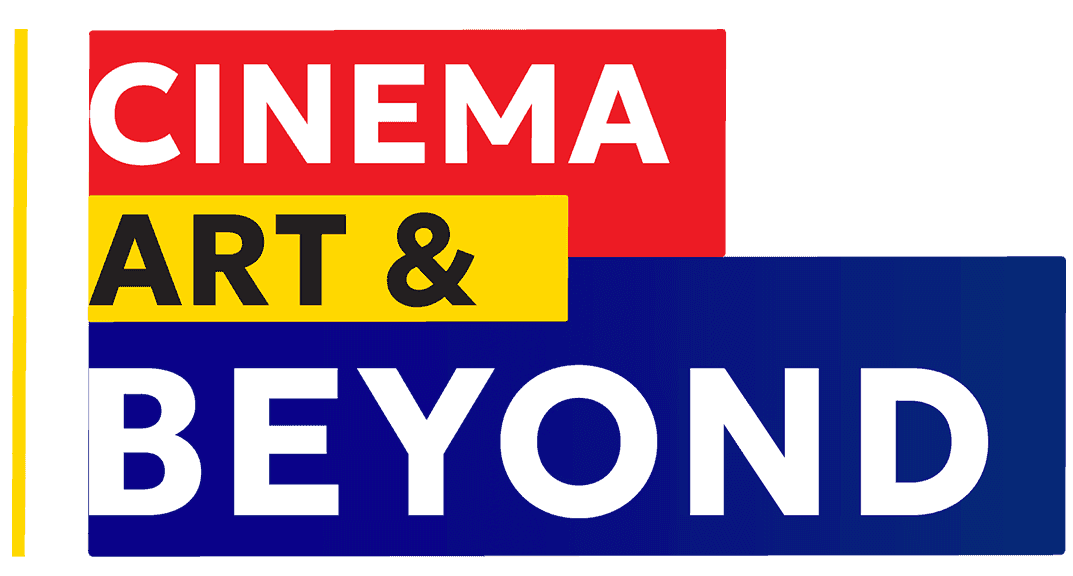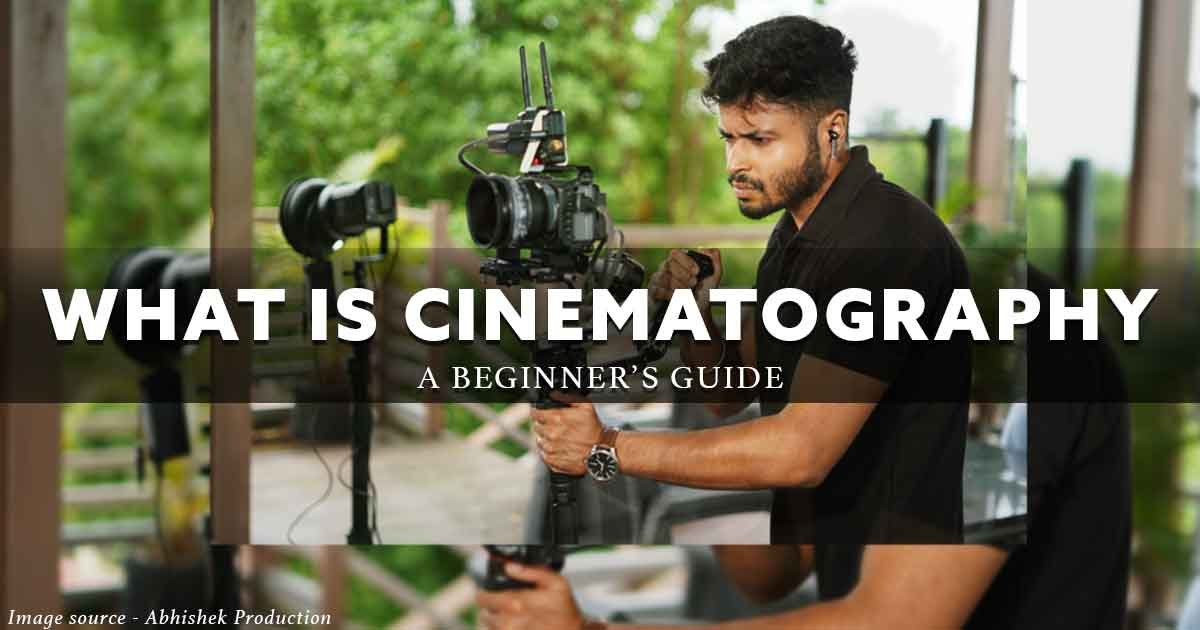Cinematography is often described as the art and science of capturing moving images on film or digital formats. However, it is much more than just the technical process of filming; it is an intricate blend of visual storytelling that involves a wide range of elements such as composition, lighting, camera movement, color, and lens choice. Cinematography is responsible for conveying the mood, tone, and emotional depth of a story through the medium of film, television, and digital media.

In this detailed exploration of cinematography, we will look into the various components that make up this art form, its evolution, and the significant role it plays in filmmaking.
Key Elements of Cinematography
Cinematography is made up of several key elements that combine to create the final visual product. These elements work in harmony to bring out the mood, emotion, and tone of a scene.
1. Composition
Composition refers to how the elements in the frame are arranged and organized. It is the visual blueprint that guides the viewer’s eye and helps convey meaning. Composition involves the framing of subjects, the use of foreground and background, the positioning of characters, and how the space within the frame is utilized.
Some of the key compositional techniques include:
- The Rule of Thirds: This is one of the most common compositional techniques, where the frame is divided into a 3×3 grid. Important elements are placed along these lines or at the intersections to create a sense of balance and interest.
- Leading Lines: Lines in the environment, such as roads, walls, or rivers, can guide the viewer’s eye toward a specific point in the frame, often leading to the subject.
- Balance and Symmetry: Symmetry can create a sense of harmony or order, while an off-center composition can create tension or drama.
- Depth: Using layers within the frame, such as placing objects in the foreground, middle ground, and background, helps to create a sense of three-dimensionality.
2. Lighting
Lighting is one of the most important tools in cinematography. It is used not only to ensure that subjects are visible but also to establish the mood and tone of a scene. The quality, direction, intensity, and color of light can completely alter the perception of a moment, turning a simple shot into something dramatic or surreal.
There are several lighting techniques that cinematographers use:
- Three-Point Lighting: This is a classic lighting setup that consists of three lights: the key light, fill light, and backlight. The key light provides the primary source of illumination, while the fill light softens shadows created by the key light. The backlight helps separate the subject from the background and adds depth.
- High-Key Lighting: This is a bright, even lighting style that minimizes shadows, often used in comedies, musicals, and romantic films.
- Low-Key Lighting: This style uses strong contrasts between light and shadow, often used in thrillers, horror films, and film noirs. It creates a sense of mystery, danger, or tension.
- Natural Lighting: Cinematographers often use natural light, such as sunlight, or simulate it with artificial lighting sources to create a more realistic or grounded feel to the film.
The color of the light also plays a significant role in setting the emotional tone of a scene. For instance, warm lighting (like yellow or orange) can evoke feelings of comfort or nostalgia, while cooler tones (blue or green) may suggest coldness, alienation, or unease.
3. Camera Movement
Camera movement is an essential element of cinematography because it directs the viewer’s attention, adds dynamism to the scene, and enhances storytelling. There are various types of camera movements that cinematographers use to create different effects:
- Tracking Shots: These involve the camera physically moving through space, often following a character or object. The camera can move horizontally (side-to-side), vertically (up and down), or along a curved path.
- Dolly Shots: Similar to tracking shots, but usually mounted on a dolly, which is a wheeled platform that moves along rails. A dolly shot can provide smooth, cinematic movement.
- Handheld Shots: These are shots where the camera is held by the operator rather than mounted on a dolly or tripod. Handheld shots create a sense of immediacy, tension, or chaos, and are often used in action sequences or documentary-style films.
- Steadicam Shots: The Steadicam is a device that allows for smooth camera movement, even when the camera operator is walking or running. It combines the stability of a mounted camera with the freedom of movement, creating a fluid, controlled shot.
- Tilt and Pan: A tilt is a vertical movement of the camera, while a pan is a horizontal movement. Both are used to follow subjects or reveal new information within the frame.
- Zoom: Unlike moving the camera physically, zooming changes the focal length of the lens to magnify or minimize the subject. A zoom-in can create intensity, while a zoom-out can provide context or emphasize isolation.
4. Camera Angles and Lens Choice
Camera angles are crucial in influencing how a subject or scene is perceived. The choice of angle can reflect power dynamics, emotions, and perspectives. Some common camera angles include:
- Eye-Level Angle: This is a neutral shot where the camera is positioned at the subject’s eye level, making the viewer feel as though they are on equal footing with the character.
- Low Angle: The camera looks up at the subject, often used to convey power, dominance, or heroism.
- High Angle: The camera looks down at the subject, which can make the subject appear small, weak, or vulnerable.
- Dutch Angle (Canted Angle): The camera is tilted sideways, creating a sense of disorientation, imbalance, or unease.
Lens choice plays an equally important role in shaping the visual language of the film. Different lenses can create various effects in terms of depth of field, focus, and perspective. Some important lens types include:
- Wide-Angle Lens: These lenses have a short focal length and can capture more of the scene in a single frame. They are often used to create a sense of space, or to exaggerate depth and distance.
- Standard Lens: A 50mm lens is considered a “normal” lens, as it approximates the human eye’s field of view. It is often used for a natural, unobtrusive perspective.
- Telephoto Lens: These lenses have a long focal length and are often used to compress space or bring distant subjects closer. They are used for close-ups or to isolate a subject from its surroundings.
- Macro Lens: Used for extreme close-ups, these lenses allow cinematographers to capture small details, such as an insect or a character’s facial features.
5. Color Grading and Filters
Color grading refers to the process of adjusting and enhancing the color in post-production to achieve a desired look. Cinematographers often work closely with colorists to create a visual style that complements the narrative and tone of the film. Color grading can affect the mood of a film, enhance visual aesthetics, and even influence how the audience perceives characters or settings.
In addition to grading, cinematographers use filters to manipulate light before it hits the film or digital sensor. Some common filters include:
- ND (Neutral Density) Filters: These filters reduce the amount of light entering the lens, allowing for wider apertures or slower shutter speeds.
- Polarizing Filters: Used to reduce reflections and glare, particularly in outdoor shots with water or glass.
- Color Filters: These can be used to change the color temperature of the light or to create a specific mood (e.g., a red filter for a warm, passionate look).
The Evolution of Cinematography
Cinematography has evolved dramatically since the invention of film. Early filmmakers like Georges Méliès and Thomas Edison worked with rudimentary cameras and basic techniques. However, the art of cinematography really began to take shape in the early 20th century with innovations like the development of the motion picture camera, the use of artificial lighting, and the introduction of film editing.
The 1920s and 1930s saw the emergence of iconic cinematographers like Gregg Toland, who is known for his work on Citizen Kane (1941). Toland’s groundbreaking use of deep focus—a technique where both the foreground and background are in sharp focus—revolutionized visual storytelling and became a hallmark of cinematic technique.
The 1970s marked another era of cinematographic innovation, with directors like Steven Spielberg and Francis Ford Coppola collaborating with DPs such as Gordon Willis and Vittorio Storaro. The introduction of the Steadicam in Rocky(1976) and the use of longer takes and more fluid camera movements had a profound impact on how films were shot.
In the 1990s and 2000s, digital cinematography began to replace traditional film stock, leading to the rise of digital sensors, post-production techniques, and CGI effects. The use of digital cameras has become ubiquitous in modern filmmaking, with films like The Revenant (2015) showcasing the extraordinary capabilities of digital technology.
Conclusion
Cinematography is the foundation of visual storytelling in film. It is the means by which a director’s vision is realized on screen, and it is the tool through which the audience experiences the emotions, themes, and narrative of a film. By carefully considering aspects such as composition, lighting, camera movement, and lens choice, cinematographers create an immersive experience that enhances the storytelling process.
As filmmaking continues to evolve, cinematography remains an ever-changing art form, continually pushing the boundaries of technology and creativity. Whether through traditional film stock or cutting-edge digital techniques, cinematography remains central to the art of filmmaking, helping to shape not just the look of a film, but also the emotional resonance of the story being told.
Also Read : Videography vs Cinematography | Understand the Differences
Also Read : What is Filmmaking | Beginners Guide
Also Read : What is Film Editing | A Beginners Guide
Frequently Asked Questions ;
What is cinematography in simple terms?
Answer: Cinematography is the art of capturing moving images to tell a story visually. It involves everything that happens in front of the camera, such as the composition, lighting, camera movement, and the choice of lenses. A cinematographer (also known as a Director of Photography or DP) works with the director to decide how scenes should be visually presented to convey emotions, tone, and narrative.
Do I need to study film to become a cinematographer?
Answer: While studying film is helpful and can provide a solid theoretical foundation, it is not strictly necessary to become a cinematographer. Many successful cinematographers started with hands-on experience and practice. You can learn a lot by:
Watching films critically: Break down how shots are framed, how lighting is used, and how the camera moves.
Experimenting with different techniques: Practice shooting with different camera setups and lighting conditions.
Taking online courses: There are plenty of affordable online resources and tutorials to help you learn cinematography.
If you want to pursue formal education, film schools and cinematography programs can provide structured learning and access to industry-standard equipment.How do I choose the right camera for cinematography?
Answer: As a beginner, you don’t need the most expensive camera. Look for a camera that has manual control over settings like ISO, aperture, shutter speed, and white balance. Here are some key features to consider:
Sensor size: Larger sensors (like full-frame sensors) tend to produce better image quality, especially in low light.
Resolution: For cinematic look, aim for at least 1080p (Full HD) or 4K if you can afford it.
Lens compatibility: Consider the camera’s ability to work with a wide range of lenses.
Frame rate options: Look for cameras that allow you to shoot at various frame rates (24fps for standard film look, 60fps for smooth motion, or even higher for slow-motion).
Cameras like the Sony A7 series, Canon EOS series, or even a Blackmagic Pocket Cinema Camera are great starting points for beginners.

